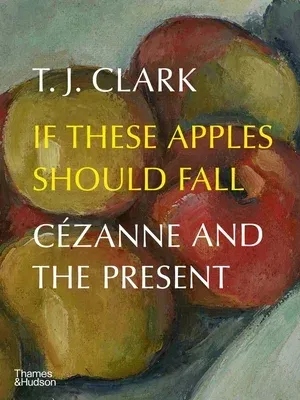T J Clark
(Author)If These Apples Should Fall: Cézanne and the PresentHardcover, 20 September 2022

Qty
1
Turbo
Ships in 2 - 3 days
In Stock
Free Delivery
Cash on Delivery
15 Days
Free Returns
Secure Checkout

Print Length
240 pages
Language
English
Publisher
Thames & Hudson
Date Published
20 Sep 2022
ISBN-10
0500025282
ISBN-13
9780500025284
Description
Product Details
Author:
Book Format:
Hardcover
Country of Origin:
US
Date Published:
20 September 2022
Dimensions:
25.22 x
19.38 x
2.64 cm
ISBN-10:
0500025282
ISBN-13:
9780500025284
Language:
English
Pages:
240
Publisher:
Weight:
943.47 gm